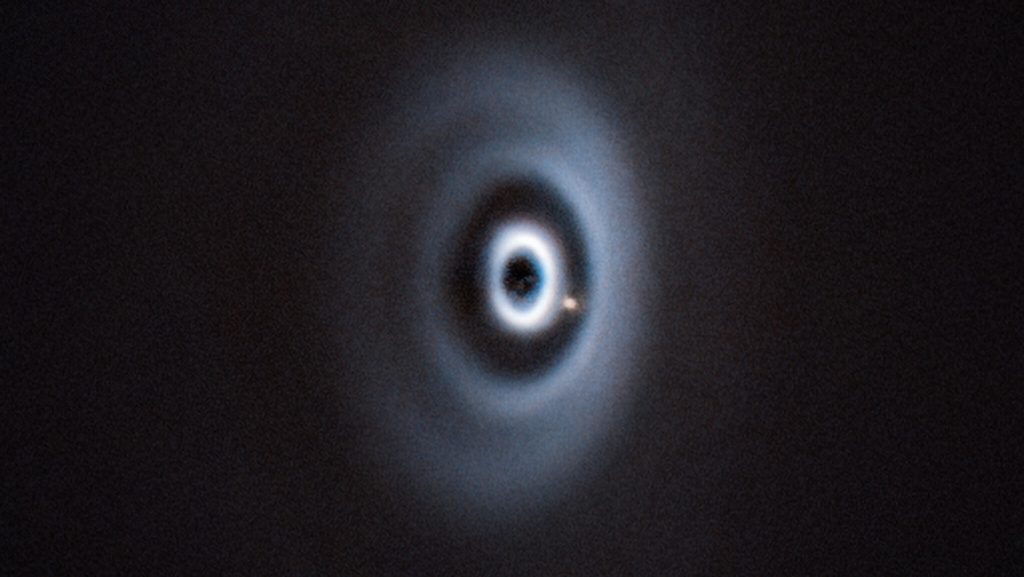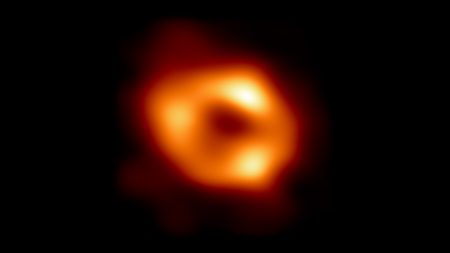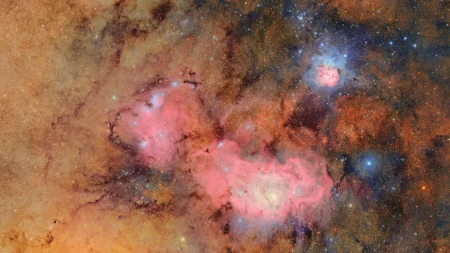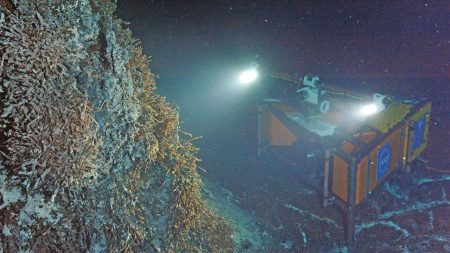Witnessing the Birth of a Planet: A Groundbreaking Astronomical Discovery
For the first time in human history, astronomers have captured an image of a newly forming planet nestled within a gap in the disk of cosmic material surrounding its parent star. This remarkable achievement not only provides visual confirmation of a planetary birth in progress but also validates long-held scientific theories about how ring structures form in these protoplanetary disks. The discovery represents a watershed moment in our understanding of planetary formation, offering direct observational evidence of processes that scientists have previously only been able to model theoretically.
The significance of this achievement cannot be overstated. For decades, astronomers have studied the disks of gas and dust that encircle young stars, knowing these cosmic nurseries eventually give rise to planetary systems. These disks often display mysterious gaps and ring-like structures that researchers have theorized might indicate the presence of forming planets. However, definitively linking these structures to actual planetary bodies has proven challenging due to the immense distances involved and the relative faintness of baby planets compared to their bright host stars. This breakthrough observation finally bridges the gap between theory and reality, allowing scientists to directly witness a fundamental cosmic process that ultimately leads to the creation of worlds like our own.
What makes this discovery particularly compelling is how it confirms a key prediction about planetary formation: that growing planets actively shape their environments. As a young planet accumulates mass, its gravitational influence creates a clearing in the surrounding disk material, essentially carving out its own orbital path. This clearing process results in the distinctive gap structures that astronomers have observed in numerous protoplanetary disks. The newly imaged planet appears precisely where models suggested it should be – within one of these gaps – actively sweeping up material and growing while simultaneously pushing other disk material into the concentric ring patterns that have become the hallmark of young stellar systems when viewed through our most powerful telescopes.
The journey to this discovery reflects the remarkable progress in astronomical observation capabilities. Modern telescopes equipped with adaptive optics systems can now correct for atmospheric distortion, while specialized coronagraphs block the overwhelming light from host stars to reveal the much fainter planetary companions. Additionally, sophisticated image processing techniques allow astronomers to enhance subtle features that would otherwise remain hidden. This technological convergence, representing decades of engineering innovation, has finally enabled us to peer directly into the planet formation process, transforming what was once the realm of theoretical astrophysics into observable reality. The images reveal not just the planet itself but also the dynamic relationship between the growing world and its surrounding disk environment.
Beyond its scientific importance, this discovery carries profound philosophical implications for humanity’s understanding of our cosmic context. Every planet in our solar system, including Earth, formed through processes similar to what we’re now witnessing in this distant system. By observing this baby planet carving its path through its protoplanetary disk, we’re essentially looking back in time at how our own planetary home came to be some 4.5 billion years ago. This cosmic connection reminds us that the processes of planetary birth and evolution are universal, occurring throughout our galaxy and beyond, continuously creating new worlds with their own unique characteristics and potentially their own stories of life’s development.
Looking forward, this groundbreaking observation opens numerous avenues for further research. Astronomers will now target other disk systems with similar gaps, searching for additional forming planets to build a more comprehensive understanding of planetary birth in various stellar environments. Long-term monitoring of this newly discovered planet will reveal how quickly it accumulates mass, how it continues to shape its surrounding disk, and how its orbit evolves. These insights will refine our models of planetary formation and migration, potentially resolving lingering questions about the diversity of exoplanetary systems we’ve discovered. Ultimately, this achievement represents not an endpoint but rather the beginning of a new era in which we can directly observe the birth of worlds, deepening our connection to the cosmic processes that created our own planetary home.














